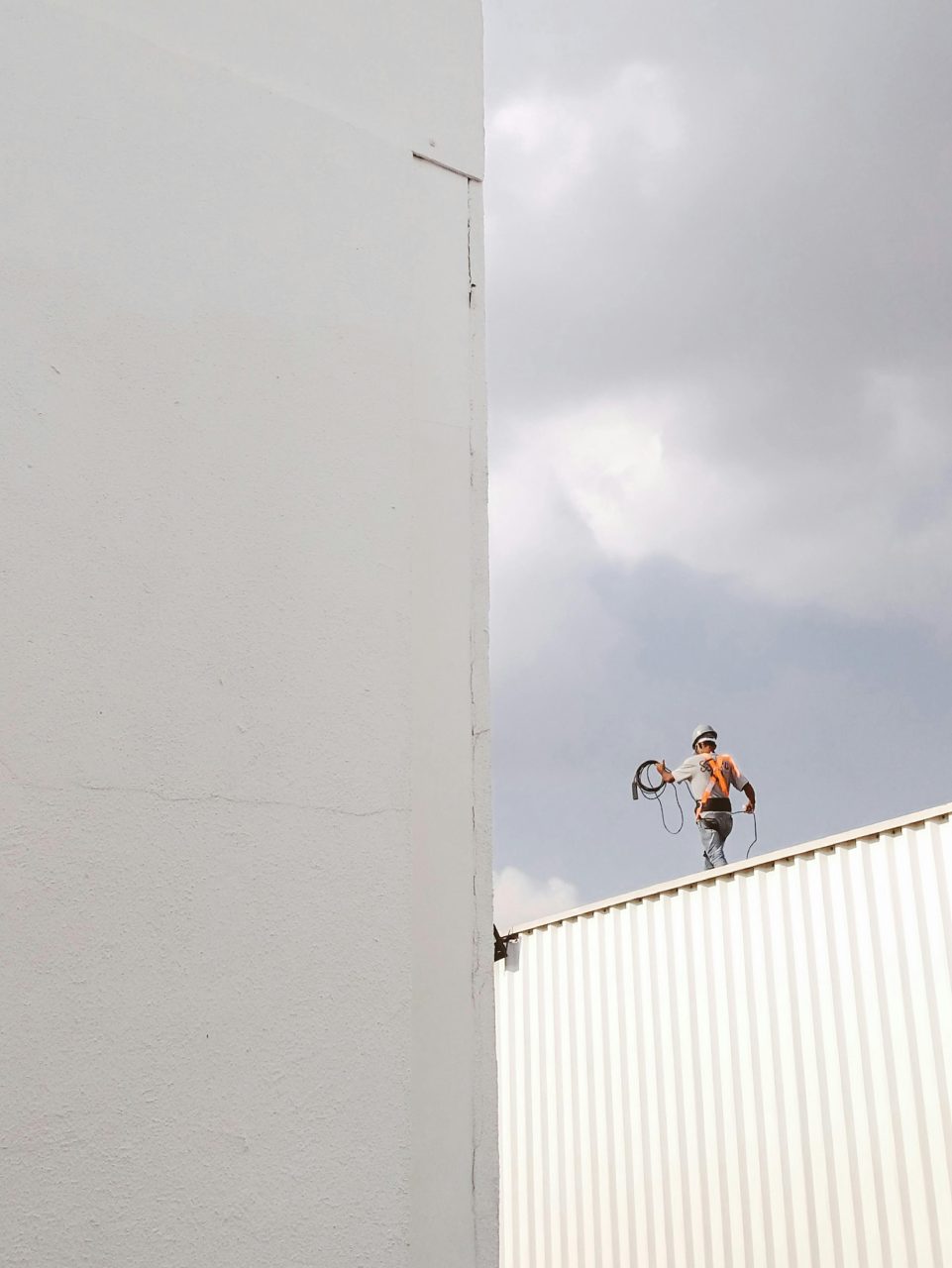In high-risk environments like construction sites, warehouses, and industrial plants, protective gear isn’t optional, it’s a non-negotiable lifeline. Among the most critical of these is the safety harness, a required safeguard when working at height or in dangerous conditions. Yet, ensuring consistent compliance with harness protocols remains a persistent challenge for safety managers.
Traditional safety checks, while necessary, can’t offer continuous oversight. That’s where AI-driven computer vision steps in, providing a scalable, automated way to detect whether workers are properly wearing harnesses in real time.
Why Harness Compliance Still Falls Short
Despite clear regulations and company policies, failure to wear a harness remains one of the most frequent and preventable safety violations in industries with elevated fall risk. Workers may forget, improperly fasten equipment, or remove it due to discomfort, often with no immediate oversight.
Additionally, manual supervision, checklists, and random audits are resource-intensive and often reactive. By the time a non-compliance incident is spotted, the risk may have already escalated.
With visual AI-based harness detection, oversight becomes proactive. The technology continuously scans video feeds to verify harness usage, identifying both proper and improper wear in real time. This level of visibility makes it easier to enforce protocols before an incident occurs, not after.
How It Works
Harness detection uses object detection models trained to identify safety gear on workers, including the visual indicators of a correctly worn harness. Integrated into existing camera infrastructure on-site, these models run at the edge, processing data locally for real-time alerts and low-latency responses.
When a worker is detected without a harness in a designated zone or if the harness is worn incorrectly, an alert is triggered. These alerts can be logged, sent to supervisors, or even integrated into centralized dashboards for broader safety monitoring.
Over time, the system collects data on non-compliance patterns: Are there specific shifts, teams, or locations where harness usage drops off? These insights help managers make smarter decisions around training, staffing, and environmental design.

Real-World Impact
The benefits of implementing harness detection go beyond regulatory compliance. They extend into workforce morale, operational reliability, and cost reduction.
When employees know safety is consistently and fairly monitored, it builds accountability without adding unnecessary oversight pressure. The system isn’t about surveillance, it’s about protecting teams and ensuring no critical detail is overlooked.
In practice, companies using intelligent PPE detection solutions report fewer stoppages due to safety infractions, better audit readiness, and reduced risk of fines or litigation. More importantly, they see fewer preventable accidents.
